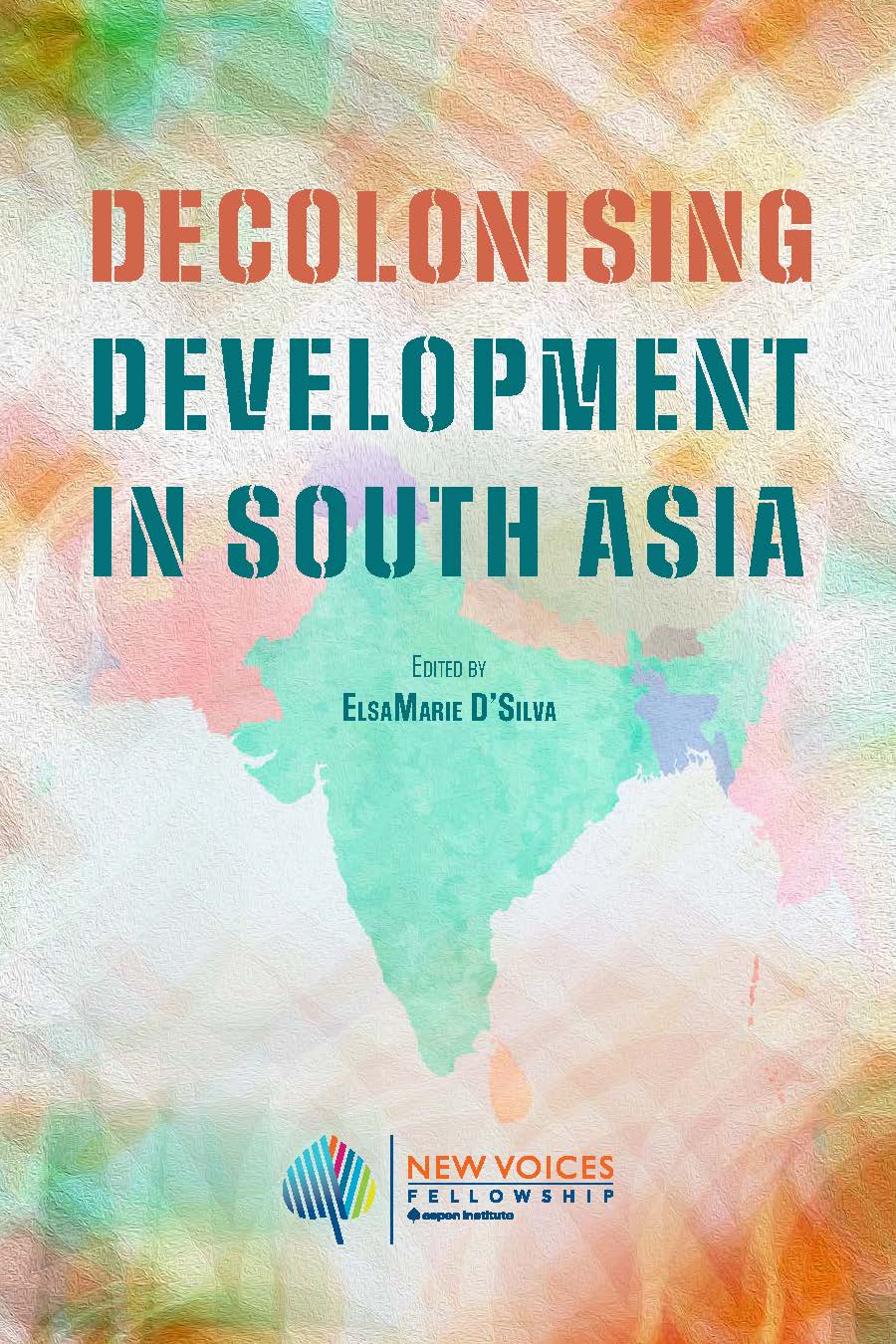Arresting Images
Ken Mueller’s profile of Soles4Souls for the Inspiring Generosity blog has one really cool takeaway: pictures can play a huge strategic role in a non-profit’s social media presence. He outlines eight ways Soles4Souls is using images on Facebook, Instagram, Pinterest and other outlets to engage its target audience and expand its base of supporters. Yes, images can tell a story; but more importantly, these can forge an emotional connection with viewers, potentially increasing the likelihood they will spread your message and move your issue forward.
South Sudan
Most of the news coming out of South Sudan ain’t pretty. While we need news outlets to talk about the violence on the ground, in hopes of galvanizing (or shocking) international policymakers into action, we wonder if there are other ways to approach the situation to complement this coverage. Enter Action Against Hunger, a global humanitarian organization fighting malnutrition. Recently, they shared a few testimonials from folks in South Sudan, pointing to the many possibilities for continued progress. Hurray for that.
Olympic-Sized Differences
A lot has been made of NBC’s decision to cut a poignant segment of the Olympics opening ceremony for an interview with swimmer Michael Phelps. The network’s response—that it was “tailoring” the broadcast to a US audience—suggests there are vast differences between domestic and international viewers. And that’s actually in line with our experience evaluating advocacy efforts abroad, especially when it comes to complex messaging. For American-based advocates, working internationally requires sensitivity to local expectations about what advocacy is and how it should look (or sound).

